Biting into a fig for the first time is a little like opening a surprise gift. The exterior may appear simple, but the interior is soft, colorful, and full of flavor.
Some people taste honey, others taste berries, and a few even notice caramel or nuts. Figs have been around for thousands of years, yet many still wonder what they actually taste like.
The truth is, no two figs are exactly the same. Variety, ripeness, and even personal preference all change the experience.
From jammy sweetness to nutty notes, figs offer a flavor worth trying.
What Does a Fig Taste Like?
A ripe fig is naturally sweet, often compared to honey, molasses, or jam. The sweetness feels rich and concentrated, making it taste more like dessert than fresh fruit.
Alongside the sweetness are subtle fruity notes. Depending on the variety, a fig can remind you of berries like raspberries or currants, or even melons and dates.
Some have a dried-fruit depth, almost like raisins, giving them a unique balance of fresh and rich flavors.
Certain figs also carry earthy or nutty undertones. These hints of toasted nuts or soft, woody flavors make the fruit feel more complex and layered.
Not every variety has this character, but when present, it adds depth to the sweetness. Texture is an essential part of the fig experience.
Ready to Try Figs? Your Step-by-Step Guide
Here’s a simple step-by-step manual to help you choose, taste, and savor figs like a pro.
Step 1: Find the Best Figs
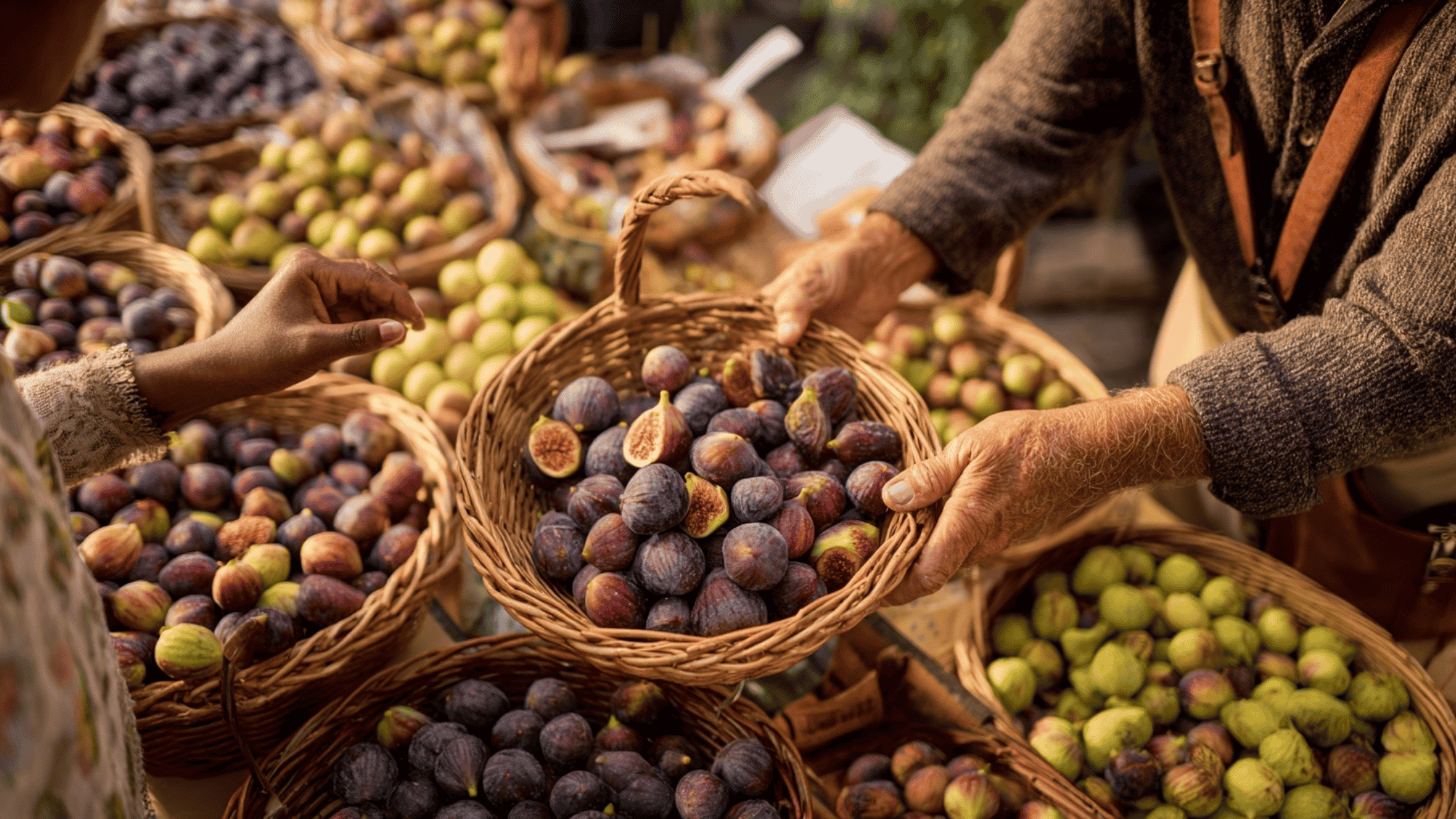
Start by looking in the right places. Farmers’ markets are your best bet for fresh, ripe figs. Specialty grocery stores often have better figs than regular supermarkets. Mediterranean markets usually know how to handle figs properly.
Ask the seller when they got their figs. Fresher is always better with this fruit. Don’t be shy about asking questions!
Step 2: Check for Perfect Ripeness
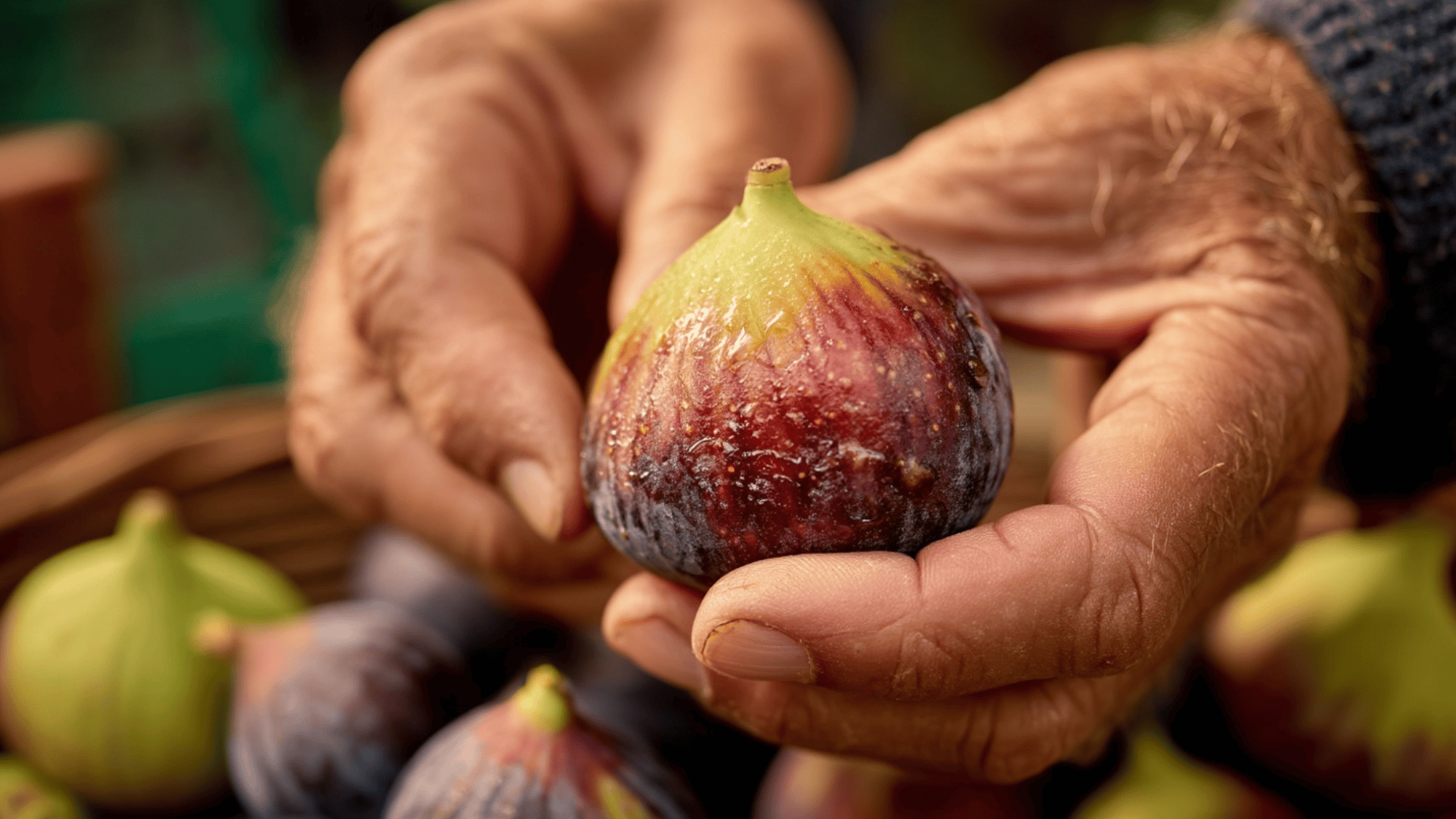
Look for figs that feel soft when you touch them gently. They should be slightly under pressure but not mushy. Smell the fig near the stem end – it should smell sweet and fruity.
Check for slight wrinkling near the top. This is a good sign of ripeness. You might even see a small drop of nectar at the bottom of perfect figs.
Step 3: Try Different Varieties
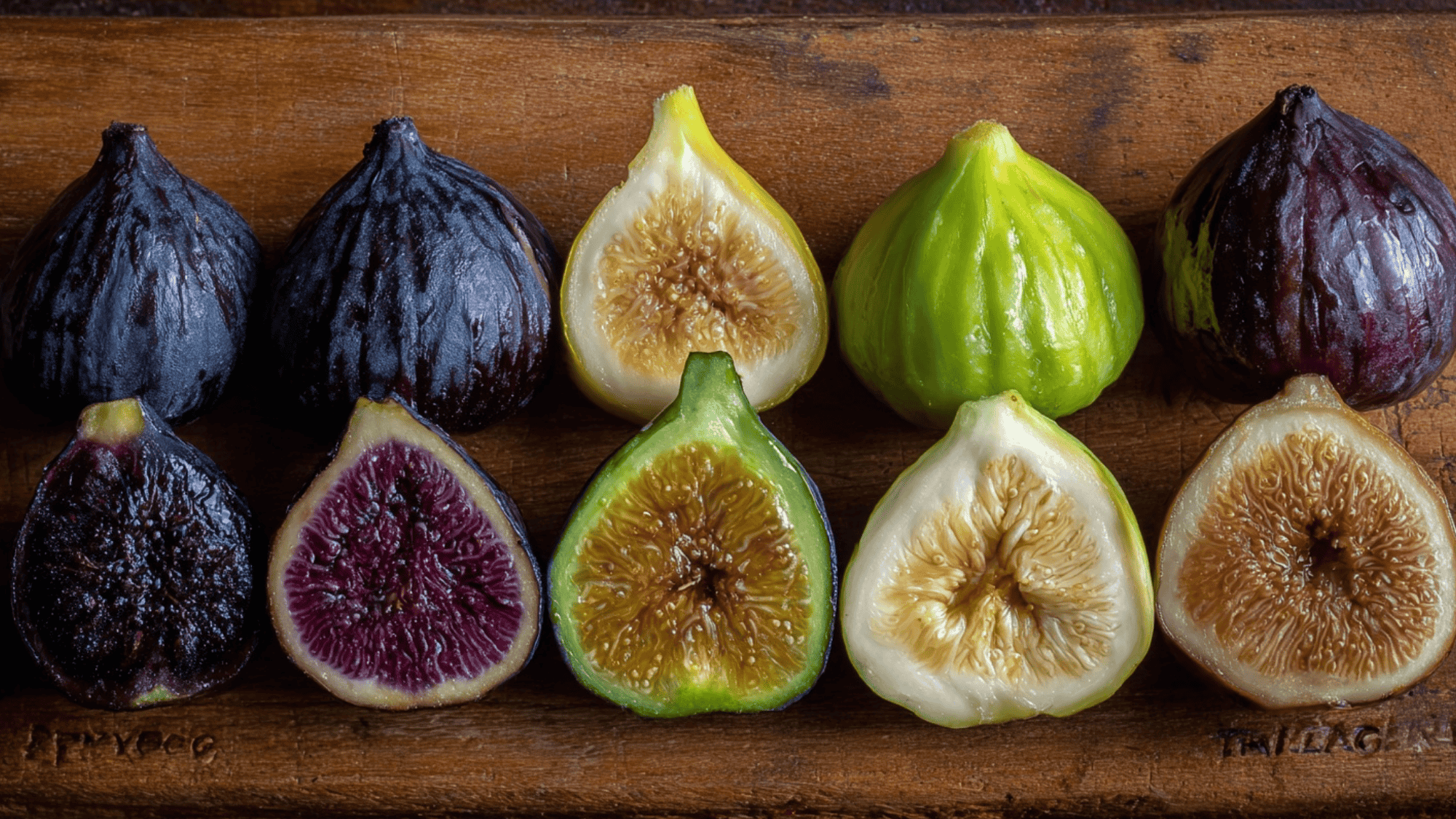
Don’t give up if you don’t love your first fig. Different varieties have distinct tastes that differ significantly from one another. Ask for recommendations based on the flavors you typically enjoy.
If you love sweet things, try honey-type figs. If you prefer complex flavors, go for berry varieties.
Step 4: Give Figs Multiple Chances
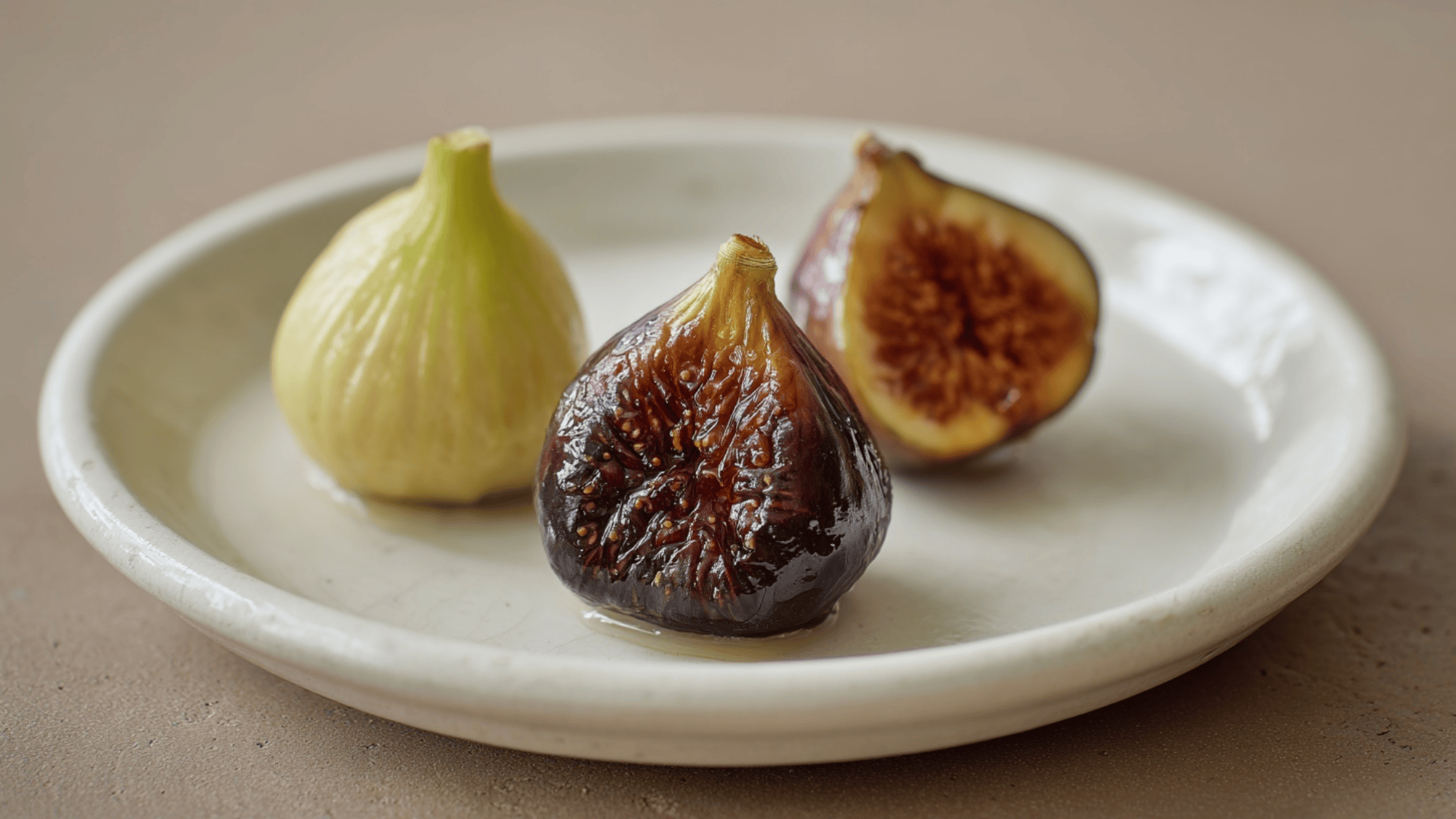
Your first fig might not be perfect. The second one could change your life! Many fig lovers needed several tries to find their favorite variety.
Try figs from different sources and at different times of the season. Each experience might be totally different.
Step 5: Share the Experience
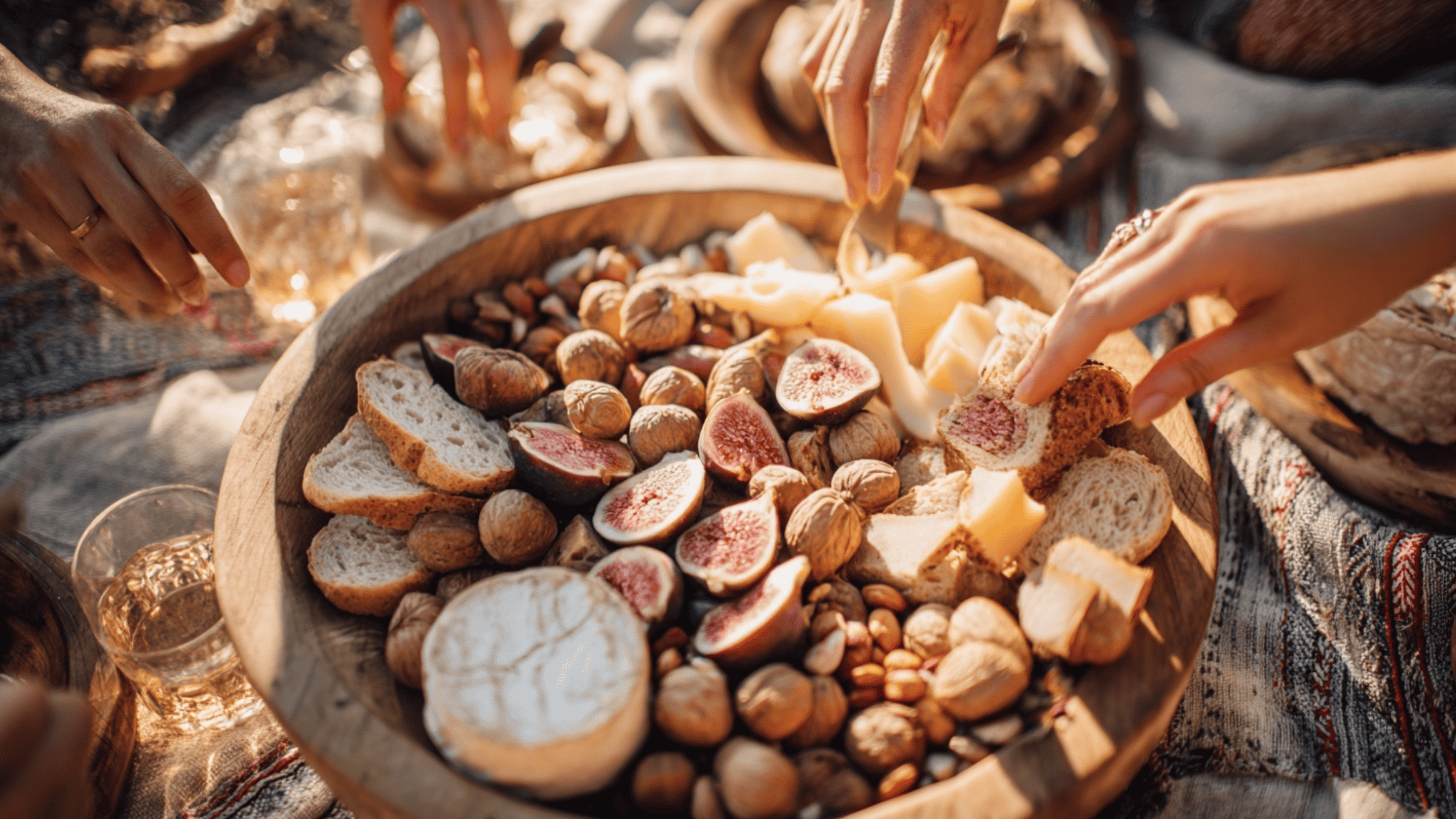
Figs are more fun when shared! Try them with friends or family. Everyone will have different reactions, and that’s part of the fun.
Compare notes on what you taste. You might notice flavors you missed when eating alone.
The Complexity of Fig Taste: Flavor Categories & Varieties
Here are some common flavor “types” and examples of fig varieties that match them:
| Flavor Category | Characteristics | Varieties that Match |
| Sugar-figs | Very sweet, straightforward — less complex undertones. Clean sugar, mild fruit. | LSU Purple (super sweet), some Kadota figs for mild sweetness. |
| Honey-figs | Nectar-like, rich in honey or caramel tones, with a smoother finish. | Calimyrna (nutty + honey-sweet), Black Mission in certain ripeness stages. |
| Berry-figs | More complex, with berry or jammy notes (raspberry, currant, dark berry), sometimes a touch of tang. | Black Madeira (berry + deep richness), Black Mission figs. |
Some Popular Fig Varieties
Figs come in many varieties, each with its own flavor, texture, and personality. From deeply jammy and rich to light and delicate, these popular types show just how diverse and delicious figs can be.
Black Madeira

Black Madeira figs are often considered one of the best-tasting figs in the world. They have dark purple to almost black skin with rich, jammy flesh inside.
The flavor is complex, with deep, berry-like notes reminiscent of blackberry or raspberry preserves. Their sweetness is balanced with a slight tang, making them a favorite among fig enthusiasts.
Calimyrna
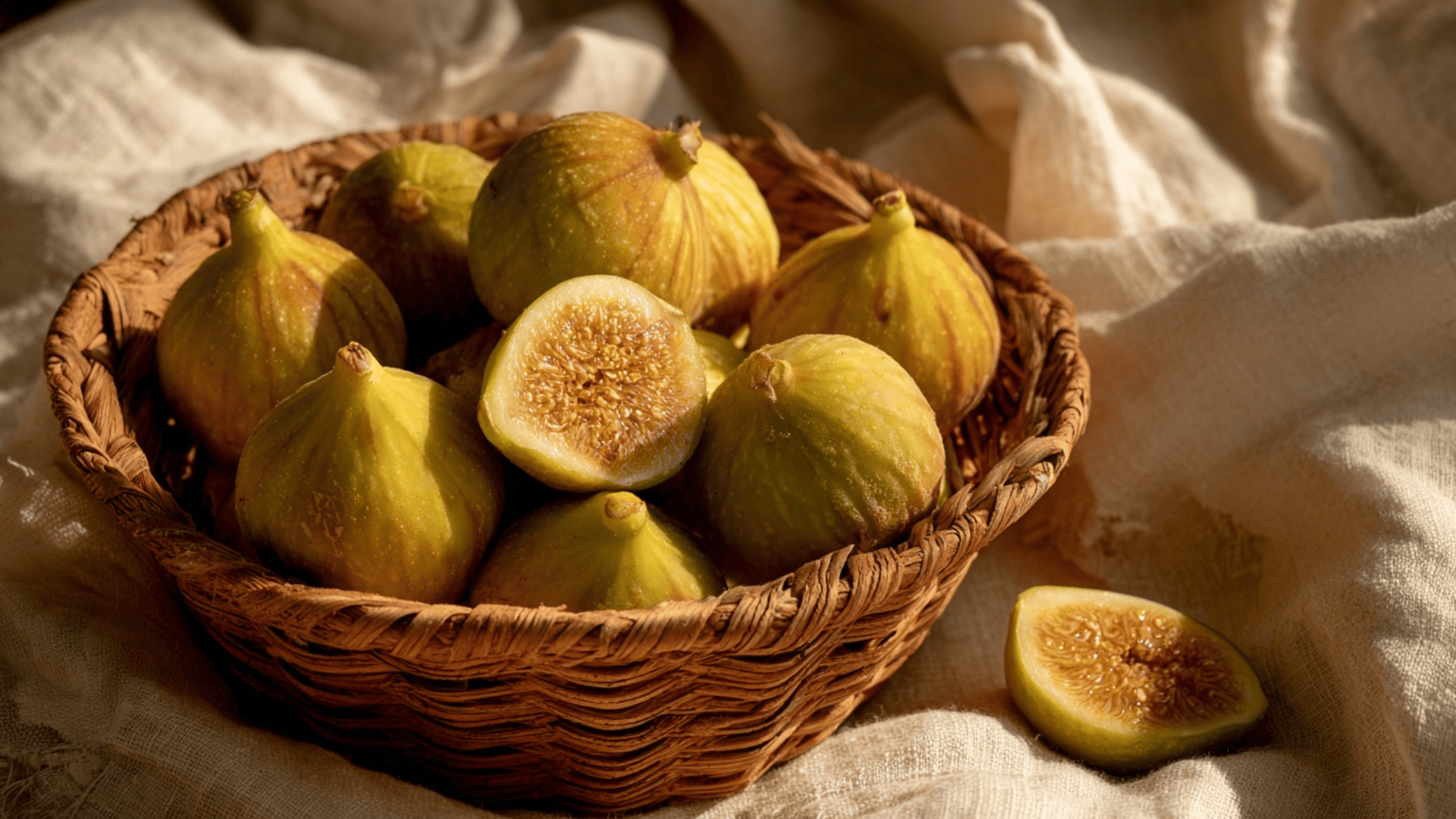
Calimyrna figs stand out with their golden-green skin and amber flesh. They are buttery, nutty, and sweet, with honey-like notes that make them taste luxurious.
Their flavor has been compared to caramel or even butterscotch. Calimyrnas are larger than many other varieties and are often dried, which enhances their already rich, nutty taste.
Kadota
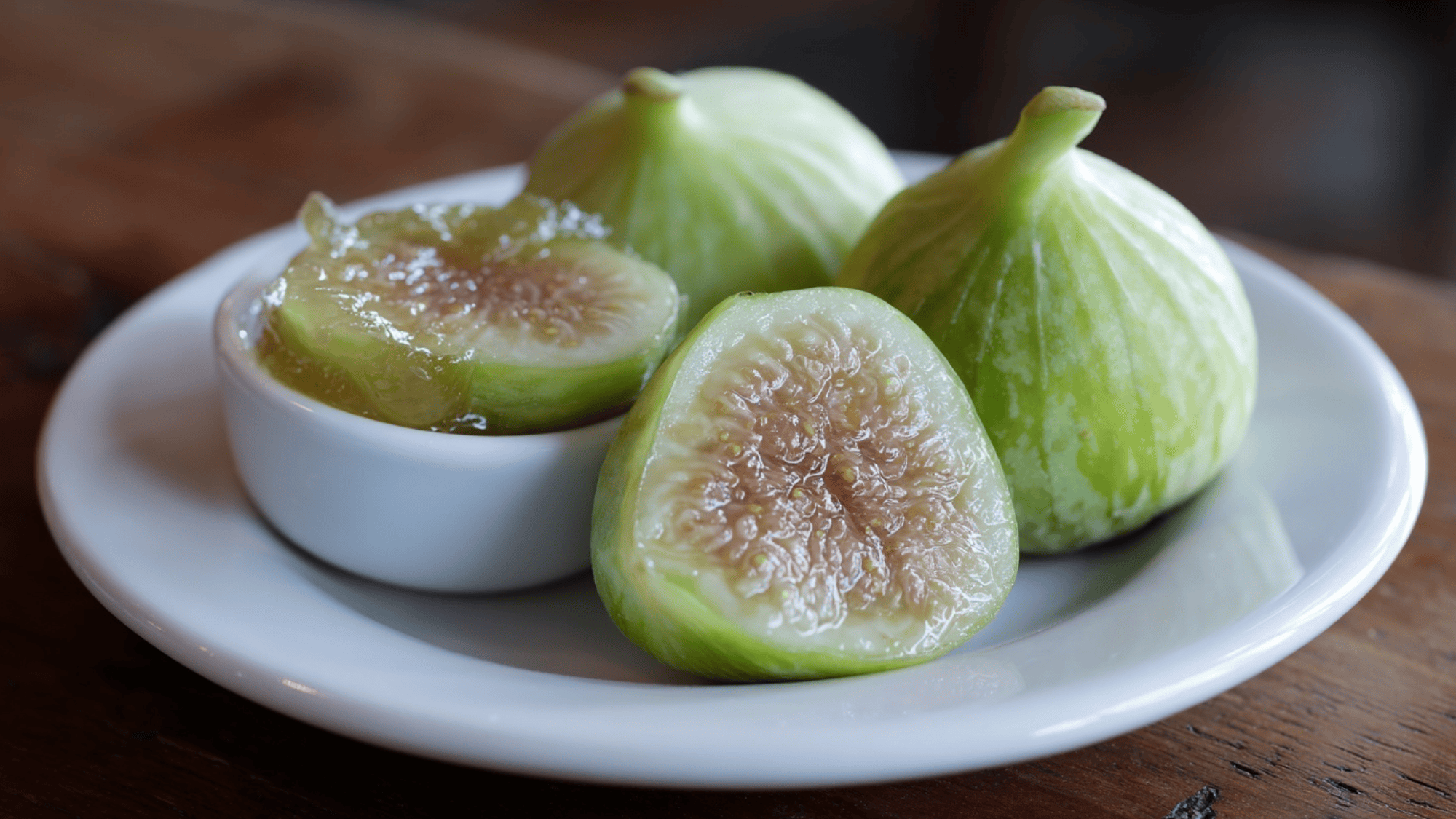
Kadota figs are known for their lighter green skin and pale interior. Their flavor is mild and less sugary compared to darker varieties, making them a good choice for those who prefer subtle sweetness.
They have a delicate, almost melon-like taste with a gentle freshness. Kadotas are often used in jams, preserves, or paired with savory foods like cheese, as their understated flavor balances strong accompaniments.
Brown Turkey
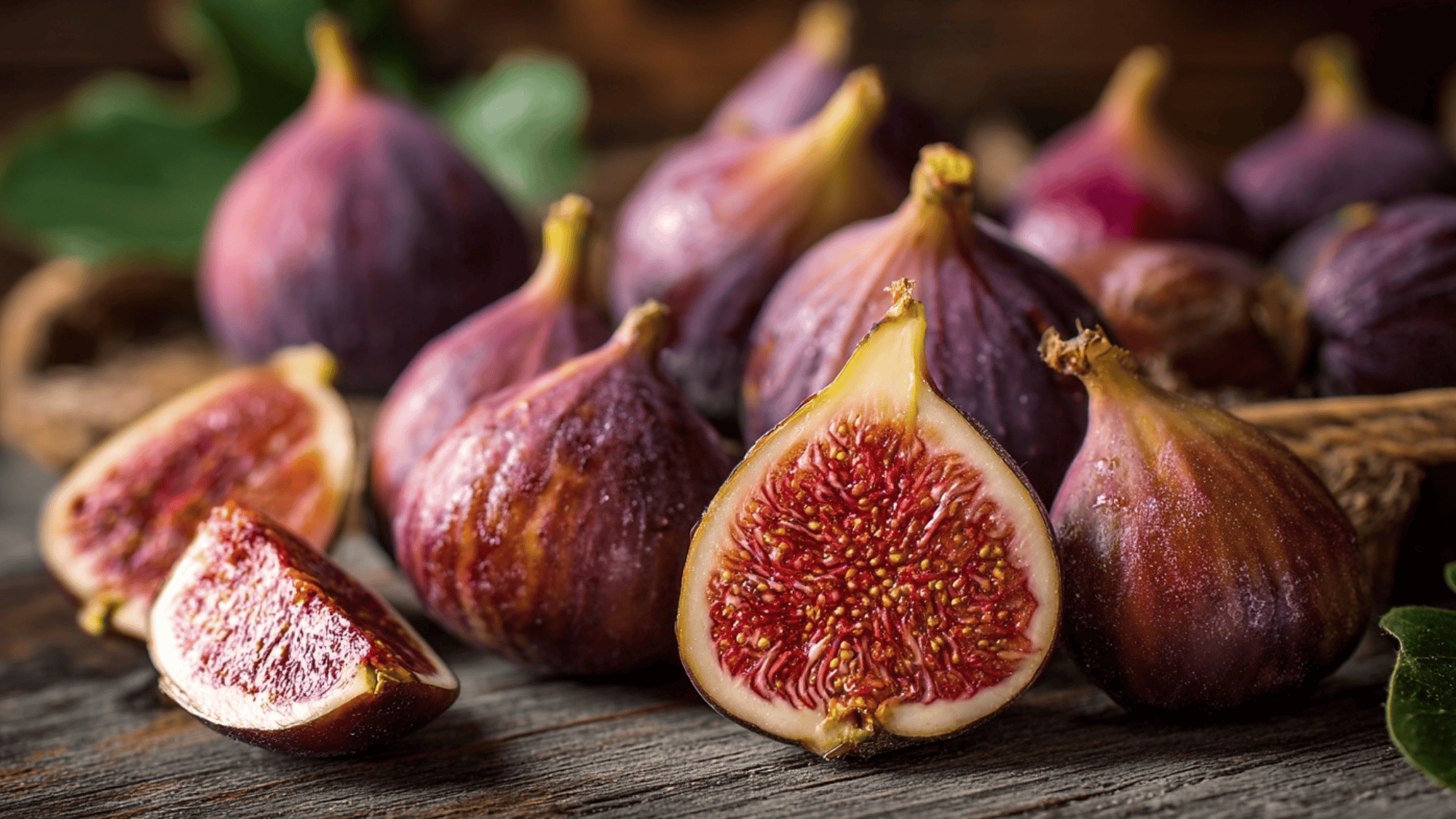
Brown Turkey figs are one of the most widely available varieties, often found in grocery stores. They have reddish-brown to purple skin and soft pinkish flesh.
The flavor is sweet but not overpowering, with hints of nuttiness and a mild earthiness. They are versatile, working well fresh, grilled, or baked into desserts.
How Ripeness Affects Fig Flavor
The flavor of a fig changes dramatically as it ripens. Understanding these stages helps you enjoy figs at their very best and use them in the right way.
- Unripe figs: These are firm to the touch and not very sweet. They can taste green, slightly bitter, or tangy, with a starchy finish. Unripe figs are generally not eaten raw but can sometimes be cooked down in savory dishes.
- Ripe figs: At this stage, figs are soft, juicy, and heavy with natural sugar. The honey- or jam-like richness is at its peak, and the skin becomes tender and pleasant to bite into. The aroma is sweet and floral, indicating that the fruit is ripe and ready to enjoy.
- Overripe figs: These figs are extremely sweet, sometimes cloying, and may develop a fermented or wine-like taste. The flesh often becomes mushy, and the skin may split or ooze a syrupy substance.
- Determining ripeness: To check ripeness, look for figs that yield gently when pressed, with vibrant color that varies by variety. A sweet, honey-like aroma is a good sign, as well as a slight droop in the stem.
Ripeness makes all the difference. Choosing the right stage ensures you get the best eating experience, whether the food is fresh, cooked, or preserved.
Subjective Nature of Fig Taste: Why Users Experience It Differently
The taste of figs isn’t the same for everyone. Each variety has its own character, from deeply jammy and sweet to light and mellow. What feels rich and indulgent to one person may seem faint to another.
Growing conditions also shape flavor. Soil, climate, and even the amount of sun a fig receives can introduce subtle differences in sweetness, texture, and aroma.
Personal preference plays a big role. Some people love bold berry notes, while others enjoy gentler, honey-like flavors. Texture matters too.
The crunch of seeds and the chew of skin can be delightful for some but distracting for others.
Final Thoughts
Figs are unlike any other fruit. They can be sweet like honey, rich like jam, or mellow and nutty. The taste changes with the type, the ripeness, and even how they’re eaten.
Some figs are best fresh, others shine when dried or cooked. Each variety has its own personality, and each person experiences them a little differently. That’s part of the magic.
The best way to know what figs taste like is to try them. Pick a ripe one, take a bite, and enjoy the mix of sweetness, texture, and flavor that makes figs so unforgettable.
Ready to explore figs for yourself?
Head to a local market, pick up a few varieties, and see which one becomes your favorite. Don’t forget to share your fig-tasting story, it might inspire someone else to try them too!













